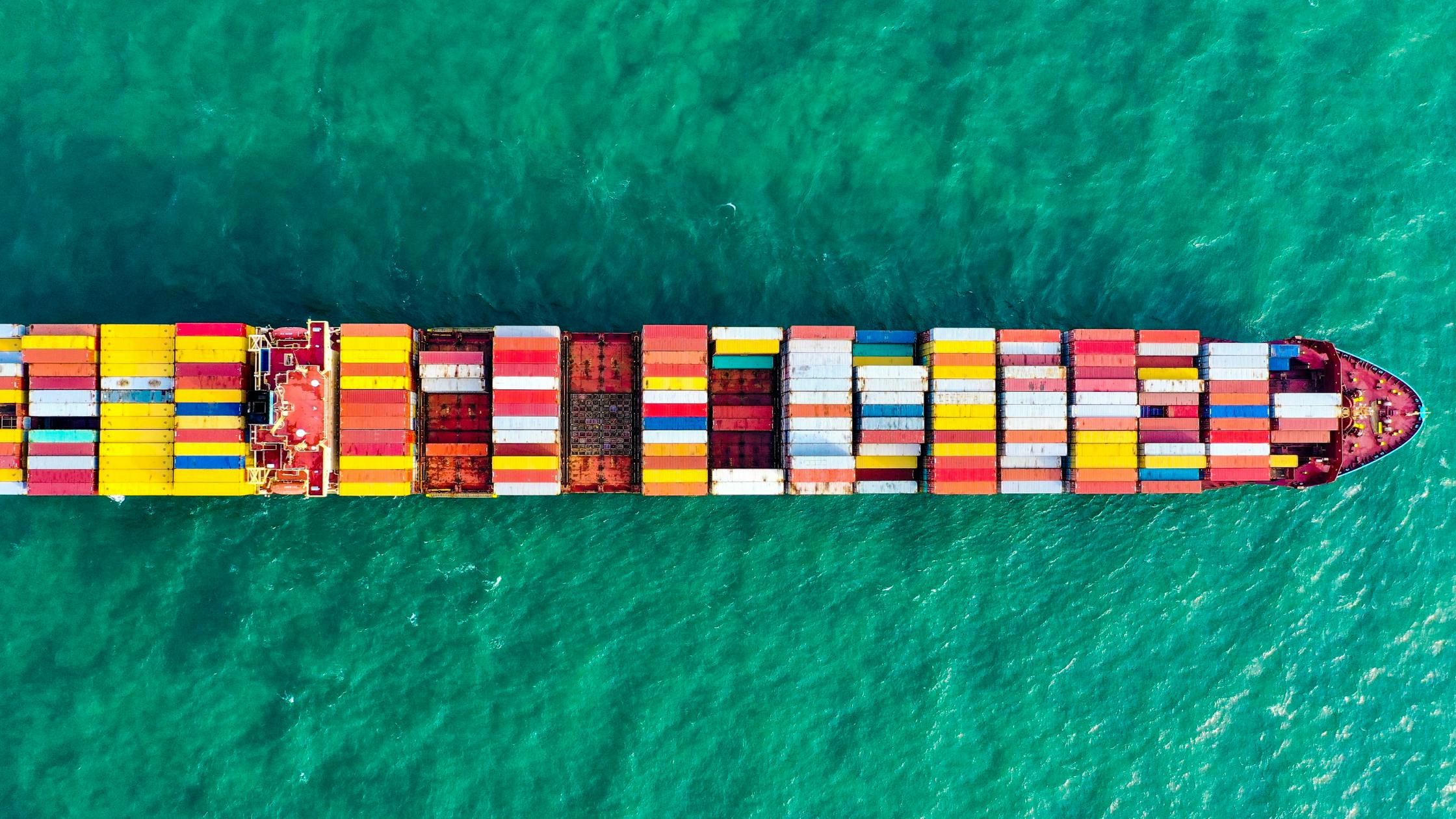Container tracking is a pivotal element in the modernisation of the shipping process. Visibility into container status enables supply chain partners to make informed decisions, take action in the face of delays and keep track of high-value shipments. Knowing how to track a container digitally helps optimise the entire supply chain, a process made even smoother by digital standards which support data exchange between all supply chain stakeholders, regardless of which platforms they use. Container Tracking Essentials: Mastering the Basics
How to track a shipping container?
To track a shipping container digitally you need to know its identifier and have access to a tracking solution which may be through a website. You will need one of three unique identifiers to track a container:- Container number – this identifier contains letters and numbers, like a number plate
- Bill of lading (B/L) - this document functions as an agreement, receipt, document of title and record of terms and conditions. It has a unique number that can be used for tracking
- Booking number – this is generated by the shipping company to identify a shipment.
What are the benefits of tracking shipping containers?
Global trade operates within fine margins. Consumers expect shelves to stay stocked and the right goods to be available seasonally and as fashions change. Yet, supply chains are complex. You need high-quality, timely information to know where your cargo is and when it will arrive, so you can plan other aspects of the supply chain. Tracking a shipping container delivers many benefits:- Informed decision-making: On-demand access to real-time cargo data equips you to make the right decision at the right time
- Supply chain visibility: Resilient supply chains must be visible supply chains. You need visibility into shipment locations to manage disruption or unforeseen changes.
- Better customer experience: You can keep your customers informed when you know where goods are so that they can manage their demands. If you know cargo is delayed, you can make alternative arrangements so that you don’t let customers down.
- Exception handling: You can take action more rapidly to minimise supply chain disruption when you know cargo is going to be delayed.
- Security: Containers often transport high-value goods such as electronics, cars and other items at risk of theft. When you can track your cargo, you know it is where it should be and can spot any signs of problems.
- Communication: The end-to-end supply chain only operates efficiently when all stakeholders communicate. Sharing tracking information helps all parties manage their part of the supply chain to keep cargo moving.
- Pre-shipment
- Pre-ocean
- Ocean
- Post-ocean
- Post shipment
- Shipment: Document related events and milestones
- Equipment: Container specific events and milestones
- Transport: Transport mode related events and milestones
- Advocating for DCSA’s digital standards: Digital shipping standards establish common definitions and frameworks for digitalising data and common protocols for communicating it. Track and trace supports container tracking online; there are other standards for other container shipping processes.
- Collaborating: Discuss adopting digital standards with your customers, suppliers and partners to drive progress in the digitalisation of our industry.
- Discovering more: Explore container shipping digitalisation through our resources page and range of e-books on topics such as the future of container shipping and how creating visibility improves data reliability.
